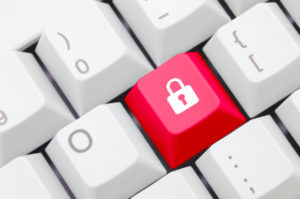According to a report recently published by the National Automated Clearing House Association (NACHA), from 1Q 2012 to 1Q 2013, the number of ACH transactions in the United States grew by 2.92 percent. This increase pushed the number of total ACH transactions just for 1Q 2013 to 4.32 billion. Yes, you read correctly—billion, with a “b.” Of these, approximately 3.89 million were business-to-business (B2B) payments, a 4 percent increase over last year’s total.
 The results of this report align with what we are seeing at Central National Bank—more businesses are electing to make (and receive) payments electronically, specifically, via ACH.
The results of this report align with what we are seeing at Central National Bank—more businesses are electing to make (and receive) payments electronically, specifically, via ACH.
Have you resisted the urge to enter the electronic payments world because you are fearful of sharing account information? If so, setting up what we (and other banks) commonly refer to as an “Electronic Account” should help ease your concerns.
What is an Electronic Account?
An Electronic Account is as simple as it might sound. Essentially, it’s an account that exists for the sole purpose of receiving electronic payments (ACH and/or Wires). Why, you might ask?
Well, when another company sends an electronic payment to you, it requires that you first provide them with both your routing number and your account number. Giving out this information for one of your existing accounts (usually an Operating Account) might make you a little uncomfortable. If so, a designated Electronic Account should mitigate your concerns.
How does it work?
The Electronic Account works much like any other commercial checking account, except it’s typically set up as a Zero-Balance Sweep Account. This means that—at the end of the day—any funds in the account automatically sweep over into another account of your choosing (typically the Operating Account).
Note: The same arrangement can also be set up for ACH Debits. Under this setup, you can transfer funds online to cover anticipated ACH debits.
So, when establishing relationships with new clients who wish to pay you electronically, instead of giving them your main account number, you would provide them with the account number for your Electronic Account.
Talk to your bank
If you’re currently receiving ACH payments, or if you’re on the verge of accepting your first payment, you might check with your bank to learn more about setting up an Electronic Account for your business.


